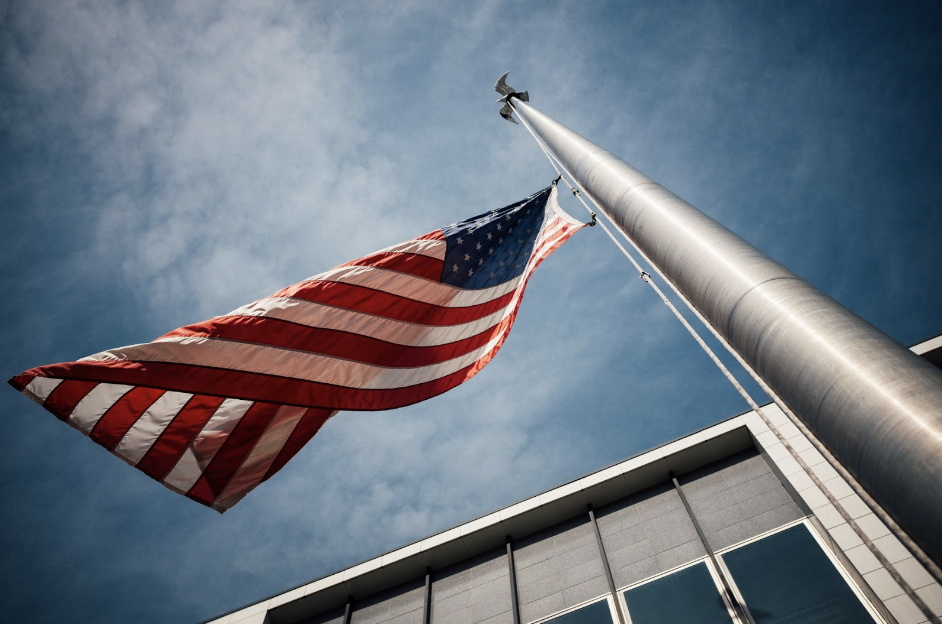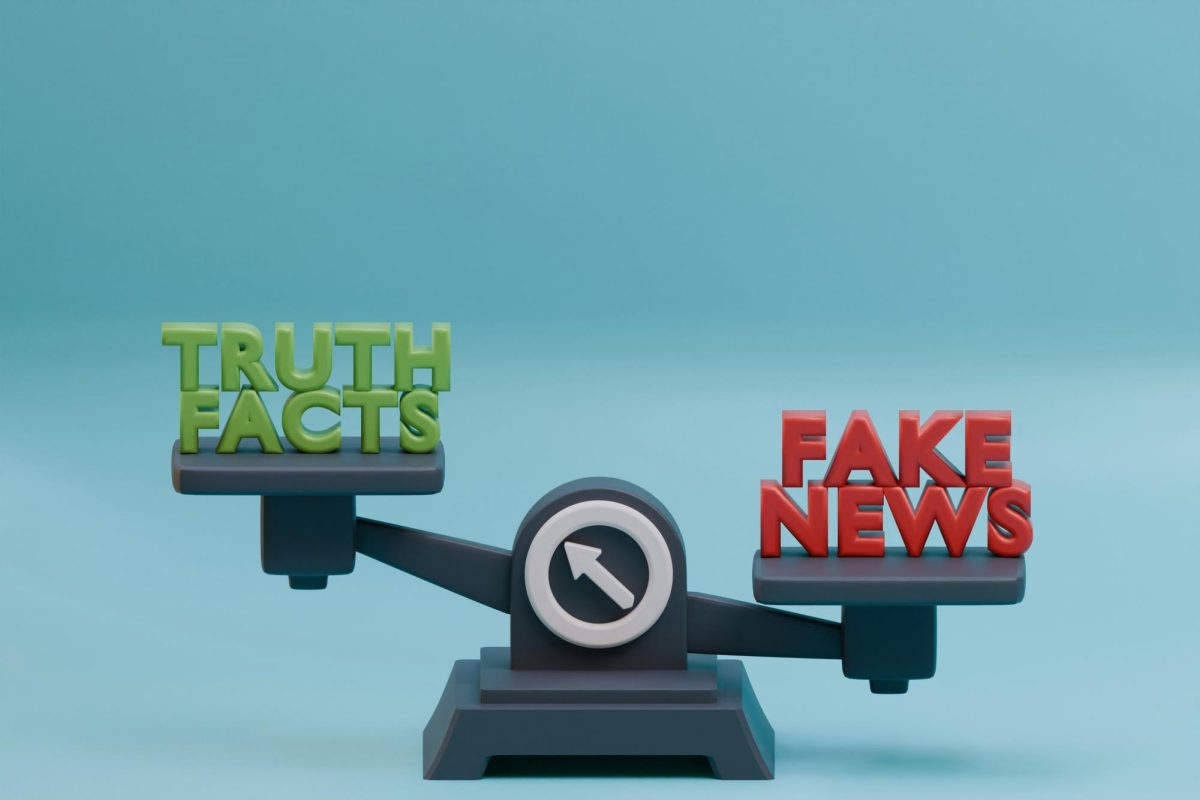Since the 2016 election, the political climate in the United States has become noticeably polarizing. Political values have always pushed people to radical ideas, but since the controversial January 6th Insurrection, the topic of an ongoing public investigation, it seems that the country has been more politically divided than ever.
In fact, even the 2016 presidential election’s voter turnout of nearly 139 million citizens only represented about 60% of the country’s eligible voters. After the polls were tallied up, a reported 75% of voting Americans were “surprised” by the election’s outcome, with further numbers revealing 42% feeling “afraid”, 40% feeling “relieved”, 34% feeling “devastated”, and 35% feeling “proud”.
But what could result in such divided numbers?
According to Business Insider at the time, “…the two names at the top of the 2016 ticket were so unpalatable that they [most Americans] opted not to vote for president at all, instead focusing on down-ballot races.” Many Americans were faced with the dilemma of having to choose between two presidential candidates that seemed to be, more or less, equally unfavorable to their opinion. Those who disliked Republican nominee Donald Trump and his candidacy were clearly, at many times, on the opposite end of the spectrum from many of Democratic nominee Hillary Clinton’s supporters and advocates, and vice versa. Evidently, this polarizing climate resulted in a lack of voter turnout that led to an election which sparked over three million protestors worldwide marching against the new administration; the largest single-day protest in U.S. history.
Though the comparison is not equivalent between 2017’s Women’s Marches and the January 6th Insurrection, what is clear is that discontent seems almost unavoidable when “one side” needs to lose for the other to win. It’s clearly also bled into our views of one another as Americans; it’s easy for us to assume that an older White man who proudly calls himself a Republican will believe certain things about some of today’s most pressing issues; let’s say, gun control, women’s healthcare rights, and/or the need for police reform, as opposed to a member of the Gen-Z generation or a person of color. It seems that even established news outlets have earned their reputations as either “Republican” (a major example of this is Fox News and its reported bias towards conservative views) or “Democrat”, with 24-hour coverage dominating our media consumption and making it difficult to understand the nuances between the two.
And perhaps this is the issue. When asked about the growing disillusionment about today’s journalism and news media on The Daily Show with Trevor Noah just one week ago, American journalist of over 40 years, Katie Couric, stated,
“Well, I think it’s a proliferation of media outlets, I think it’s more agenda-driven news organizations that are…using commentary instead of reporting…now, if you look at cable and prime-time– it’s commentary, it’s not reporting the facts…it’s people expressing their opinions. And so I think that has eroded trust in the media.”
The result of increased polarization in our government, in our news, and in our politics, leads to conflict and tension in issues that are costing lives and risking safety; while many of us are caught up in trying to understand what to and what not to believe.
Another example comes in the form of Congresswoman Alexandria Ocasio-Cortez’ appearance on CNN a few weeks ago; after wrapping up a conversation about the candidates for New York’s primaries, AOC was rather abruptly asked whether she would give her endorsement for Biden’s re-election in 2024.
“We’ll cross that bridge when we get to it, but I think if The President has a vision then that’s something certainly we’re all willing to entertain and examine when the time comes,”
CNN Anchor Dana Bash responded, “That’s not a yes.”
“Should he decide to run again, we’ll take a look at it,” Ocasio-Cortez laughed. “But right now we need to focus on winning a majority instead of a presidential election,”
Headlines were made out of this moment, it being branded as AOC’s “refusal to endorse Joe Biden for re-election” during a period where the President has been taking heavy heat for record-high gas prices and plummeting stocks (former counselor to Donald Trump in his presidency, Kelly-Anne Conway, even blamed President Biden for the Russian invasion on Ukraine).
“I could have handled it better,” AOC re-iterated in her now disappeared Instagram stories. She claimed that this question threw her off as it was unrelated to the topic of discussion, two years premature to immediate relevance, and “designed to divide” in our current political climate. The trouble with the political perspectives and arguments being presented today, which seem to constantly be two opposing sides of the coin, is that it is preventing necessary nuance in our political conversations. It also leaves many Americans hanging in the wind, feeling misrepresented and unenthusiastic in response. The nature of these kinds of questions that push people’s opinions (perhaps more often than facts) to trivialize the reality of the cost of extreme decisions that veer either all the way to one side or the other can result in more harm than good. Perhaps, in this time of outward division, what America needs to find common ground in most is progression in the most ethical, inclusive way possible; and that comes from realizing that not everything is black-and-white.



